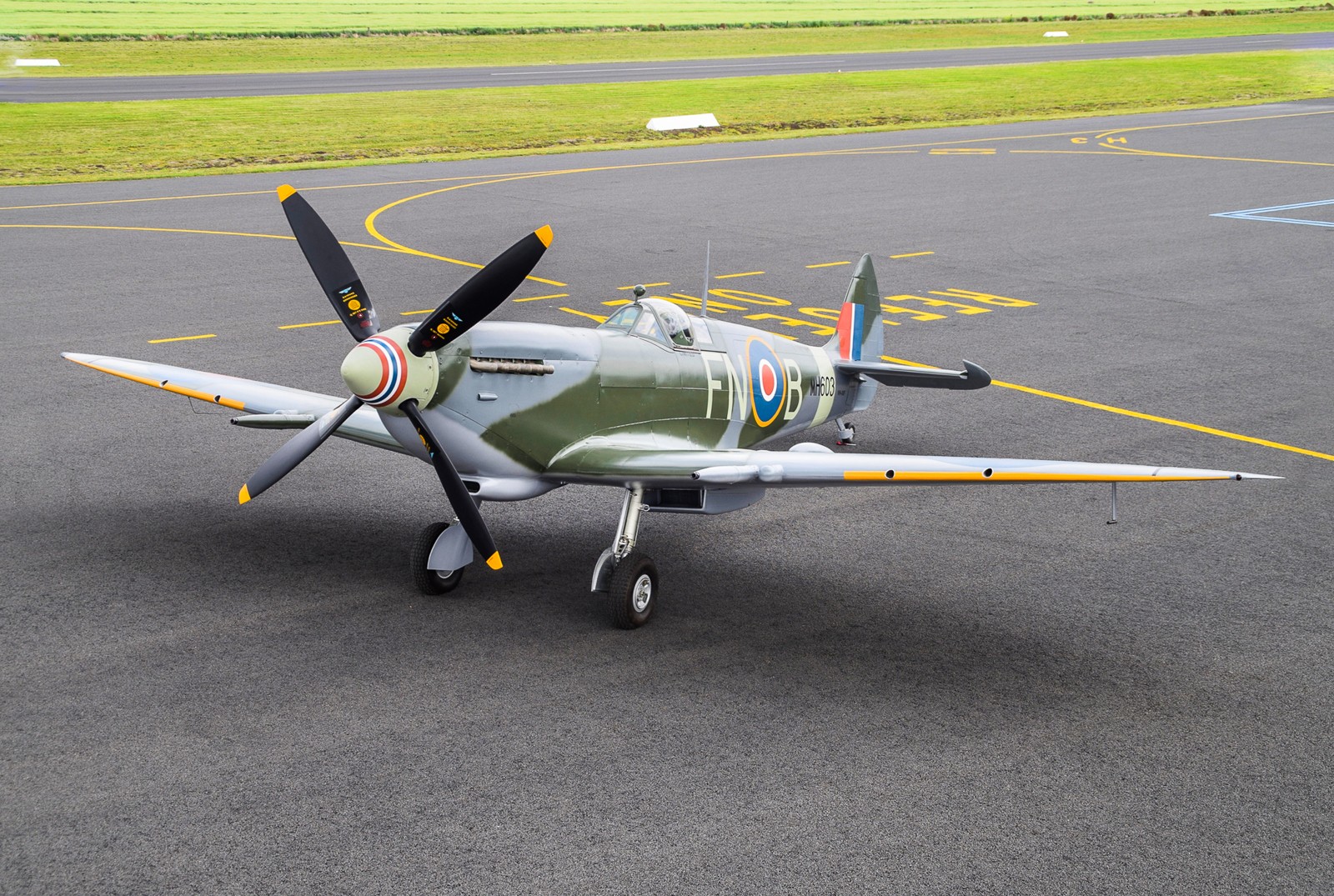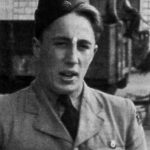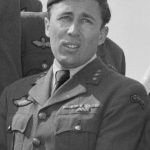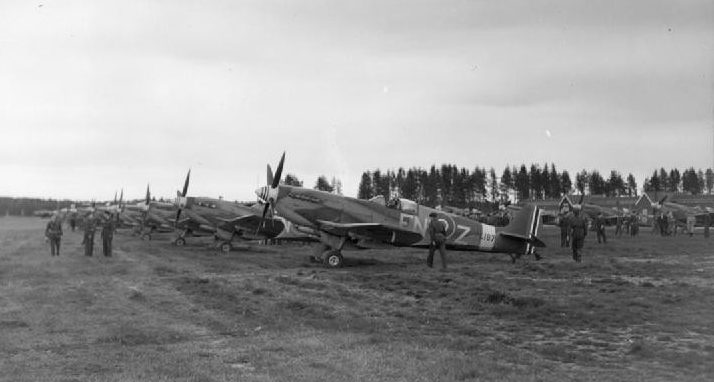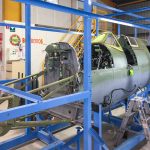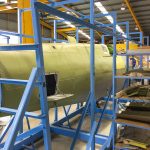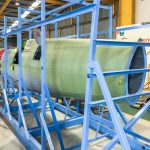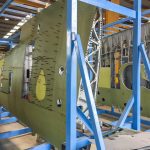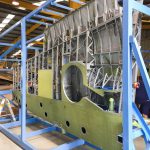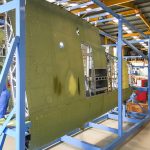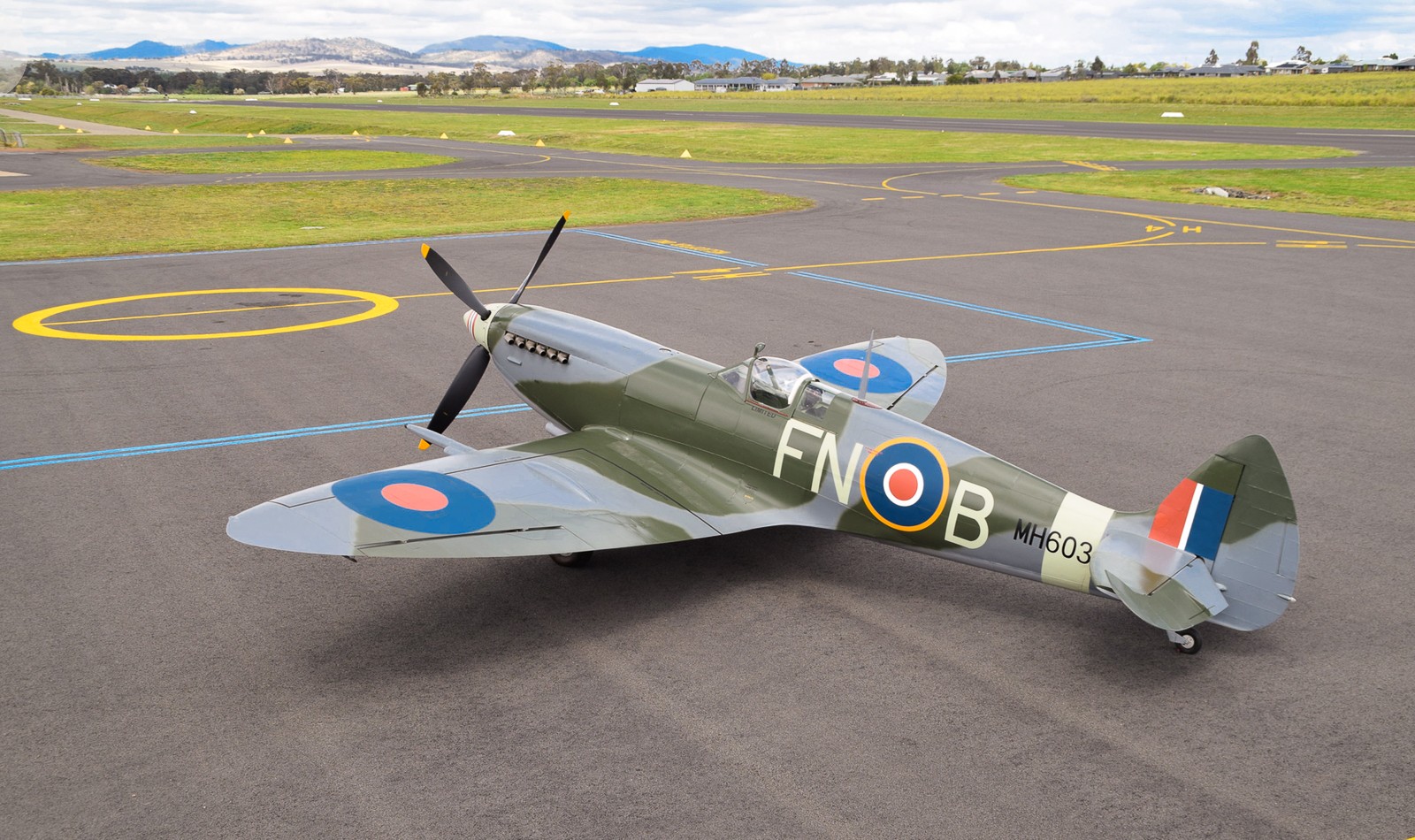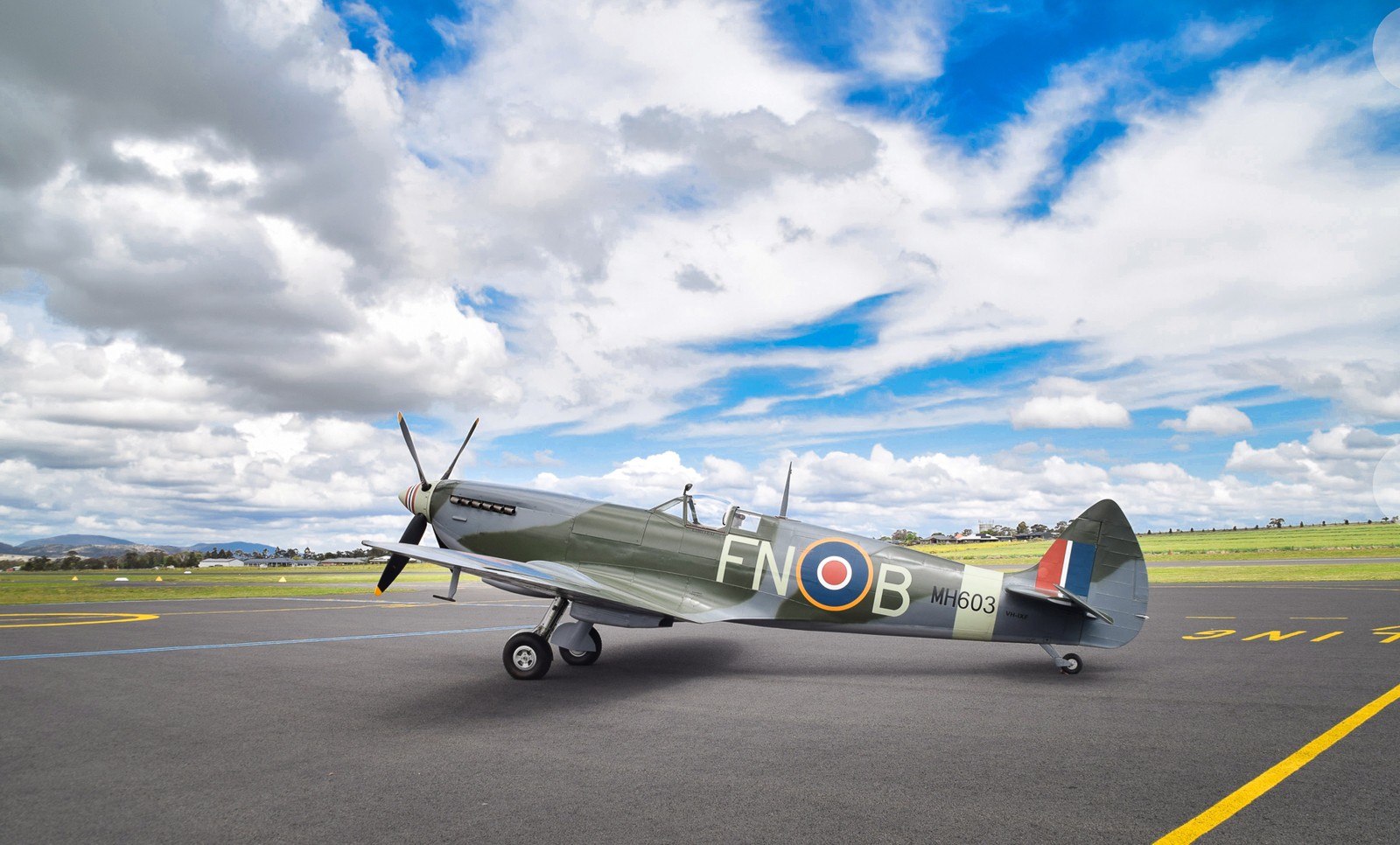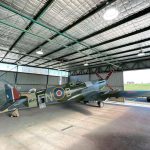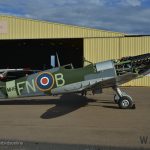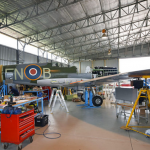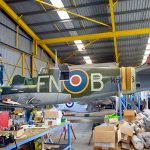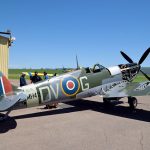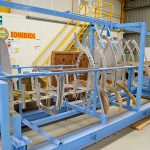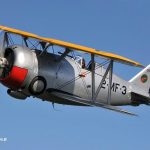Following on from John Parker’s article earlier this week depicting the finishing touches which Vintage Fighter Restorations is applying to their Supermarine Spitfire Mk.IX (MH603) at their facility in Scone, New South Wales, Australia comes the news that the soon-to-fly fighter is now listed with the warbird brokerage Platinum Fighter Sales. Following a down-t0-the-last-rivet restoration, this Spitfire is now resplendent in the colors she wore while flying with No.331 (Norwegian) Squadron RAF; for a cool £3,500,000, or roughly US$4.75 million, this combat veteran Spitfire will find a new home with a lucky customer in pastures new.
As construction number CBAF.IX.5589, the aircraft rolled off the production line in 1943 at Vickers-Supermarine’s massive shadow factory in Castle Bromwich, near Birmingham, England. She joined the Royal Air Force as MH603, with her first stop being with No.39 Maintenance Unit (MU) at RAF Station Colerne in Wiltshire on October 15th, 1943. Ten days later, she moved to No.405 Aircraft Reception Flight (ARF) at Croydon, although the precise reason why this took place remains unclear. Her first operational unit was No.331(Norwegian) Squadron, which she joined at RAF North Weald on January 3rd, 1944; her initial squadron codes being “FN-B”. Interestingly, another Spitfire which served alongside MH603 at No.331 during the war still survives in the Norwegian Air Force Museum – this being LF Mk.IXe MH350. One of MH603’s regular pilots with the squadron was Captain Bjørn Bjørnstad, seen in the images below…
Following a period of maintenance at No.6 MU between March and the end of May, 1944, MH603 went to RAF Hornchurch on June 1st, 1944 to join No.274 Squadron RAF, coded ‘JJ-K’, with one of her regular pilots being W/O S.G.Barker. No.274, under the command of the legendary Canadian ace, Sqdn Ldr J.F. ‘Stocky’ Edwards, was part of the 2nd Tactical Air Force and involved in fighter sweeps over Northern France just before and during the Normandy invasion, however this unit soon transitioned to the Hawker Tempest. As a result, MH603 became part of the Fighter Leaders School (FLS) at RAF Milfield on August 21st, 1944. Sometime later, MH603 moved to the Central Fighter Establishment (CFE) at RAF Tangmere, where she suffered a Category B flying accident on June 1st, 1945. Following repairs at Air Service Training Ltd., the aircraft moved to No.33 MU at RAF Lyneham in late September, 1945, going into storage soon after. In 1948, the British Government sold the fighter overseas, to become part of the South African Air Force. She arrived in South Africa aboard the SS Clan Campbell in March, 1949. Nothing definitive is known about her time with the SAAF, because her service number remains unconfirmed at present. What is known, however, is that the SAAF sold her for scrap to Harold Barnett’s South African Metal & Machinery Company in Salt River, Cape Town during 1955.
In 1977, the South African Air Force Museum acquired her hacked apart remains (along with the battered carcasses of nearly a dozen other Spitfires) and stored them for future sale/trade at their facility in the Snake Valley. Steve Atkinspurchased MH603’s remains in 1989 and moved them back to the UK for storage in Rye, Sussex. Soon after, Atkins sold the aircraft to John Sykes, and he organized her restoration to commence with CW Engineering in Oxfordshire. With much of her structural work complete, Sykes sold the aircraft to Dr.Joseph Scogna in 1993, with work continuing at CW Engineering until that November, when the aircraft was crated for shipment to Ray Middleton’s QG Aviation in Fort Collins, Colorado. However the project remained in storage with Middleton until April, 2008 when Provenance Fighter Sales purchased the project and authorized QG Aviation to recommence the restoration. Now on the U.S. civil registry as N603MH, Provenance sold the aircraft on to Pay’s Air Service in Scone, New South Wales, Australia during February, 2009. The aircraft arrived at her new home in October, 2009, with her restoration proceeding as and when time/resources allowed, with the aircraft undergoing a fair amount of rework in the interim to ensure her present perfection. Now airworthy again, all that remains is for MH603 to make her first post-restoration flight!
